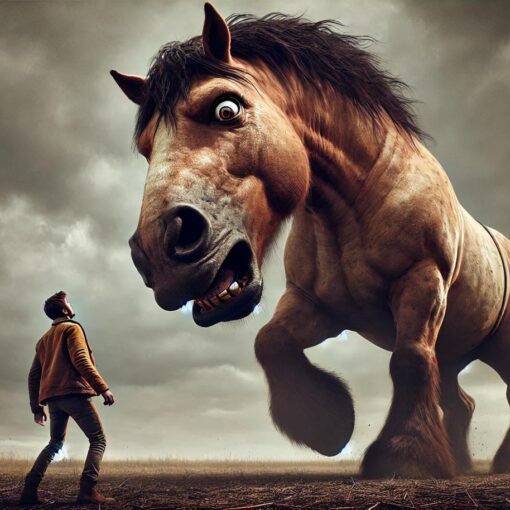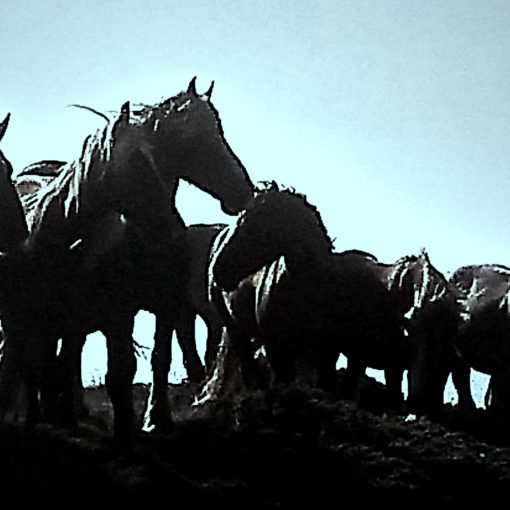What do you see?
“… without the making of theories I am convinced there would be no observation.” Charles Darwin (1860) in a letter to Sir Charles Lyell.
The photo image that accompanies this blog is of a hand stencil from a cave in Borneo that is now recognised to be 40,000 years old. According to the Independent in October 2014 it is 30,000 years older than originally assumed.
Scientific dating has enabled us to “prove” age beyond the human assumption. The original human assumption has framed with the context of an existing theory of human development. Such new processes are increasingly challenging our view of human development. Reframing our understanding of ourselves.
In his book “The Mind in the Cave” (Thames and Hudson, 2010) David Lewis Williams relates the story of Ruben de la Vaille who in 1660 on discovering paintings of Ibex and Oxen on cave walls in the Ariège in France signed his name on the wall and dated it.
This act of graffiti brings us back to Darwin
We don’t see what we don’t know
De la Vielle’s error was not wanton vandalism but simple ignorance. In 1660 there was no “concept” of prehistory. To him this was nothing other than relatively contemporary images; no more than some casual graffiti. And so we return to the opening quote. Absent the idea of prehistory, there was no way to make sense of the paintings on the wall.
Jeremy Lent in his (2017) book "The Patterning Instinct" traces the growth of humanity’s striving to make sense of the word around it – whether that a shamanic interpretation of the natural world around us (cave art), the omnipotent design of supreme beings or being (singular) of our different faiths and religions, or the rational explorations and proofs of science.
We are always seeking a pattern. And it is often those patterns that determine our interpretation.
The psychological idea of “Theory of Mind” reflects this. When I observe your behaviour, I rationalise that against my own patterns of behaviour or motivation, my theory!
The chicken or the egg
So we come back to the old philosophical question, which comes first.
What is clear is that the things exist regardless of whether we have a pattern to describe them or not. But how often do we not see them because we do not have a pattern. Or do we fit them into some other learned pattern or idea.
As an example, I work a lot in the field of Equine Facilitated Interactions. In the field of “Natural Horsemanship” there is much talk of the communication behind horses licking and chewing. When I ask people to share their observations, they often talk about “licking and chewing” behaviours. However, in nearly 15 years of doing this work I have never seen a horse lick and chew. That is not to say that they haven’t.
If you speak to me in English, there is a good chance that I will understand. If you speak to me in Russian there is a certainty that I will not. The pattern is not a familiar for me.
If an animal communicates through its body language towards me. Will I understand? More fundamentally, will I even know that it is communicating with me?
So this is the challenge posed in Darwin’s statement, is it possible to see beyond our existing frameworks? Is it possible to observe beyond our recognised patterns. And what would we see if we could?




